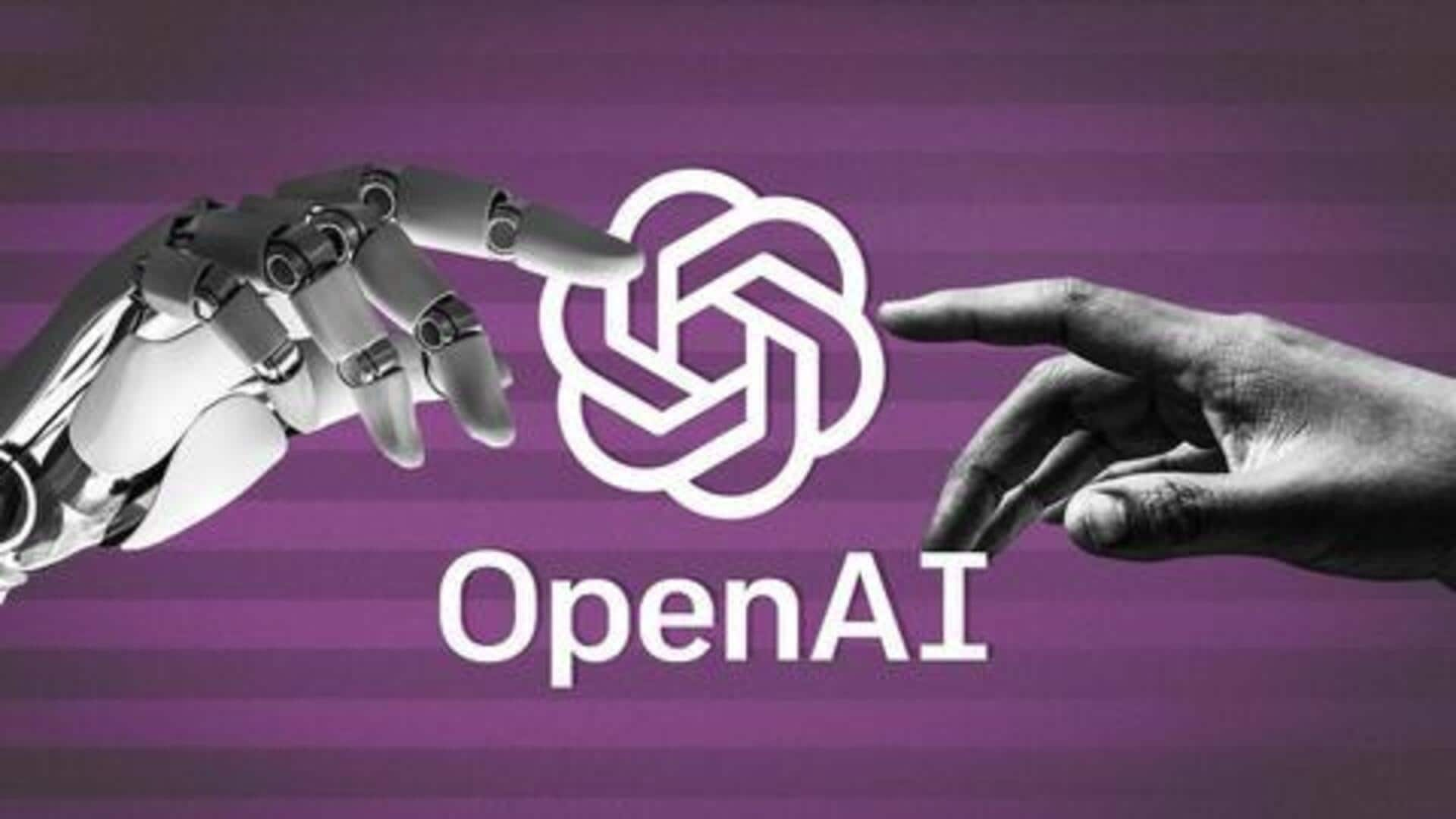OpenAI Open-Weight Model Release Delay: Analysis & Impact
The landscape of artificial intelligence is in constant flux, with advancements and releases happening at a breakneck pace. Expectations were high for OpenAI’s anticipated release of its first open-weight AI model in several years, a move seen as potentially shifting dynamics within the open-source AI ecosystem. However, recent news has introduced a delay in these plans. This article delves into the details surrounding the OpenAI open-weight AI model release delay, exploring the reasons behind the postponement, the increasingly competitive environment, and the potential implications for both OpenAI and the broader AI community.
Reasons Behind the Delay
The announcement regarding the OpenAI open-weight AI model release delay was made via a post on X (formerly Twitter). This communication confirmed that the model, initially slated for an early summer launch, would now be delayed. Specifically, Altman stated that the release would not occur in June but rather “later this summer,” pushing the timeline back. 
According to Sam Altman’s announcement delay explanation, the primary reason for the revised timeline is a significant development originating from OpenAI’s research team. This unexpected breakthrough is described as “quite amazing” and is believed to fundamentally enhance the forthcoming model.
Competitive Landscape
The environment for open AI models has become intensely competitive, particularly in the months leading up to OpenAI’s planned release. This intensifying open-source AI competition highlights the rapid pace of innovation driven by multiple players. 
Notably, on the very day of Altman’s delay announcement, Mistral, a prominent AI research lab known for contributing to the open-source AI ecosystem, launched its own set of AI reasoning models under the name Magistral. This simultaneous activity underscores the dynamic and fast-moving nature of the field.
Significance of the Open-Weight Model
The decision to release an open-weight model holds significant strategic importance for OpenAI, extending beyond a simple product launch. It represents a pivotal moment for the company in shaping its public image and redefining its relationship with the broader AI research and developer communities.
Releasing a high-quality, competitive open model can help OpenAI build goodwill within the open-source AI ecosystem. It allows developers and researchers worldwide to access, use, and build upon OpenAI’s technology, potentially fostering innovation and collaboration. 
Impact on the AI Community
The OpenAI open-weight AI model release delay inevitably impacts the AI community, which was eagerly anticipating this new contribution to the open-source AI ecosystem. The initial reaction might include frustration due to the altered timeline, especially for those planning projects or research contingent on the model’s availability.
Furthermore, the delay occurs at a time of intense open-source AI competition, with other labs actively releasing capable models. This could lead some developers to explore alternatives like Mistral Magistral models or Qwen hybrid AI models more closely, potentially shifting attention and initial adoption away from OpenAI’s forthcoming offering.
Anticipation for the Future
The postponement of the OpenAI open-weight AI model release delay has amplified anticipation for what the final product will entail. The community is now keenly awaiting details about the “significant and unexpected development” that necessitated the delay, hoping it translates into genuinely enhanced AI reasoning capabilities and sets new reasoning model benchmarks.
While detailed technical specifications like parameter count, architecture, or specific training methodologies remain unconfirmed, the expectation is for a model capable of challenging or surpassing current leading open models like DeepSeek R1.
The potential inclusion of advanced features, such as the debated ability to interact with OpenAI’s proprietary cloud models (o-series capabilities), is also a key point of interest, though its final inclusion remains uncertain.
FAQs
Q: When is the new expected release date for the OpenAI open-weight model?
A: According to CEO Sam Altman, the release will occur “later this summer,” but specifically not in June 2025.
Q: What is the reason behind the OpenAI open-weight AI model release delay?
A: The delay is attributed to a “significant and unexpected development” by OpenAI’s research team, described as “quite amazing,” which requires additional development time for integration.
Q: What is known about the “amazing” research breakthrough mentioned by Sam Altman?
A: Details about the specific nature of the breakthrough have not been publicly disclosed. It is understood to be a development that will substantially enhance the model’s capabilities, particularly in AI reasoning capabilities.
Q: How does the competitive landscape, including models like Mistral Magistral and Qwen, impact OpenAI’s release?
A: The rapid pace of innovation and release by other labs intensifies the open-source AI competition. OpenAI’s delayed model faces increased pressure to deliver exceptional performance to stand out among strong existing alternatives and fulfill expectations.
Q: Will the delayed model be truly open-weight?
A: OpenAI has stated its intention is to release an open-weight model with reasoning model benchmarks competitive to or surpassing others in the open domain.




















